detail profile w c5 82adys c5 82aw starewicz
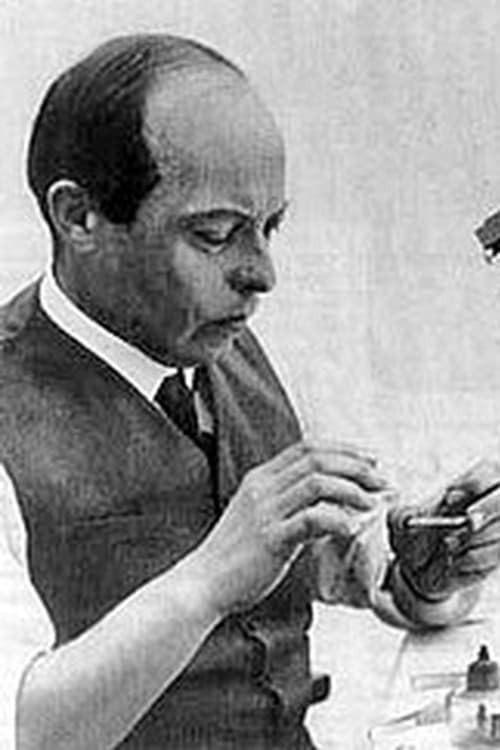
Władysław Starewicz
Ladislas Starewitch
atau dikenal sebagai
Riwayat Hidup
Władysław Starewicz (Russian: Владисла́в Алекса́ндрович Старе́вич; August 8, 1882 – February 26, 1965) was a Polish-Russian stop-motion animator notable as the author of the first puppet-animated film The Beautiful Leukanida (1912).
He also used dead insects and other animals as protagonists of his films.
Following the Russian Revolution, Starevich settled in France.
Description above from the Wikipedia article Ladislas Starevich, licensed under CC-BY-SA, full list of contributors on Wikipedia.
Info Pribadi
Peran Yang Di Mainkan Władysław Starewicz
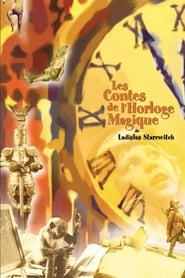 In the night at the top...
In the night at the top...Tales of the Magic Clock 2003
In the night, at the top of a big clock, three little automatons come to life in turn: an agile monkey, a pretty dancer and an acrobatic jester, driven by clever mechanisms. Nina, the clockmaker's little girl, begins to dream. She is a little street singer. And a ballerina in love with a little tin soldier. And a princess in search of her beautiful knight lost in the enchanted forest. From burglary to castle attack, from mermaid to dragon, the adventure never stops... like the hands of a clock.
 A toy stuffed dog has just...
A toy stuffed dog has just...The Mascot 1933
A toy stuffed dog has just been sewn together when it hears a young child ask for an orange. The child's mother explains that they have no money, and so she cannot buy any oranges. The dog is then packed up along with a box full of other toys to be sold, but it soon winds up in the street. The dog picks up an orange from a curb side stand, and hopes to take it home to the child. But that night, before the dog can get back to the child's home, it must face a series of strange and frightening adventures.
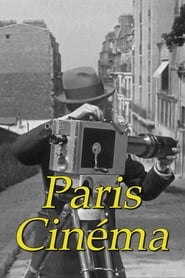 The first behindthescenes documentary in the...
The first behindthescenes documentary in the...Paris Cinéma 1929
The first behind-the-scenes documentary in the film industry, from the making of a camera (Debrie) to studio shooting and directing, including animation techniques. Pierre Chenal meets André Rigal who executes, in his workshop, a series of freehand drawings. These sketches are then ground in a coffee grinder, from which a cartoon on film emerges. In Champigny, Alain Saint-Ogan and his host are working on Zig et Puce and developing Alfred the penguin's first steps. In Fontenay-sous-Bois, Ladislas Starewitch presents his future stars. Pierre Chenal described his film as follows: “I had designed to shoot a documentary in which I would show how a film is made in order, at the same time, to learn it myself. "
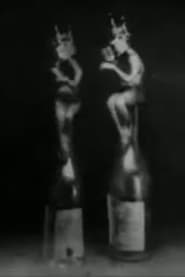 Alcoholism and its IllEffects was considered...
Alcoholism and its IllEffects was considered...Alcoholism and Its Consequences 1913
Alcoholism and its Ill-Effects was considered to be one of the most popular science propaganda (or educational) films produced in Russia before the revolution of 1917. Alexander Khanzhonkov, the most prominent Russian film producer of that era, financed a special department dedicated to non-fictional cinema, despite the fact that such films were not commercially successful. Unfortunately, not a single copy of the film has survived to the present day. All that remains are 12 frames, which were used by Izvolov to create this reconstruction. He also used extracts from critical reviews, published at the time of the film’s release, to produce a soundtrack.
 A Father Christmas ornament climbs down...
A Father Christmas ornament climbs down...The Insects' Christmas 1913
A Father Christmas ornament climbs down from a decorated tree, and goes to the forest. There he creates and decorates a Christmas tree for the forest creatures. He then invites all the insects, along with a friendly frog, to come and enjoy the gifts he has prepared, and to celebrate Christmas.
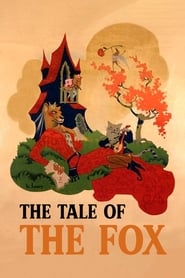 In the kingdom of animals Master...
In the kingdom of animals Master... A dogs shipboard honeymoon voyage takes...
A dogs shipboard honeymoon voyage takes... A little girl tries to help...
A little girl tries to help...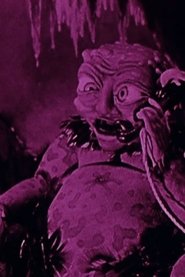 A drunken gardener is challenged to...
A drunken gardener is challenged to...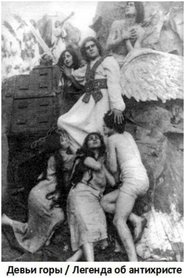 The film tells the story of...
The film tells the story of...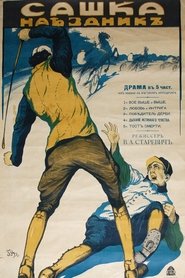 The last surviving fiction film from...
The last surviving fiction film from...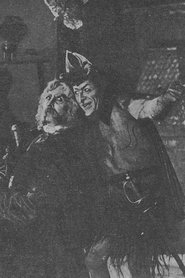
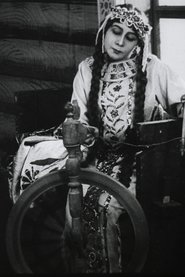
 Based on Alexander Ostrovskys The Snow...
Based on Alexander Ostrovskys The Snow... A jilted husband takes his revenge...
A jilted husband takes his revenge...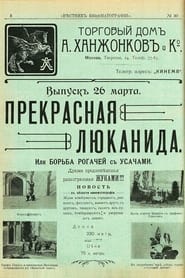 Two insects fight over the hand...
Two insects fight over the hand...